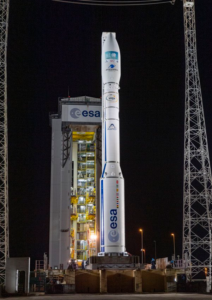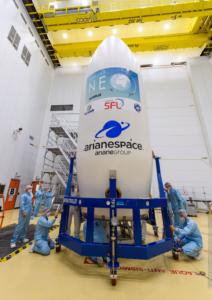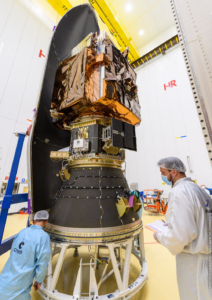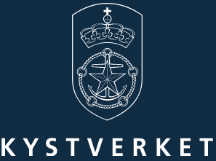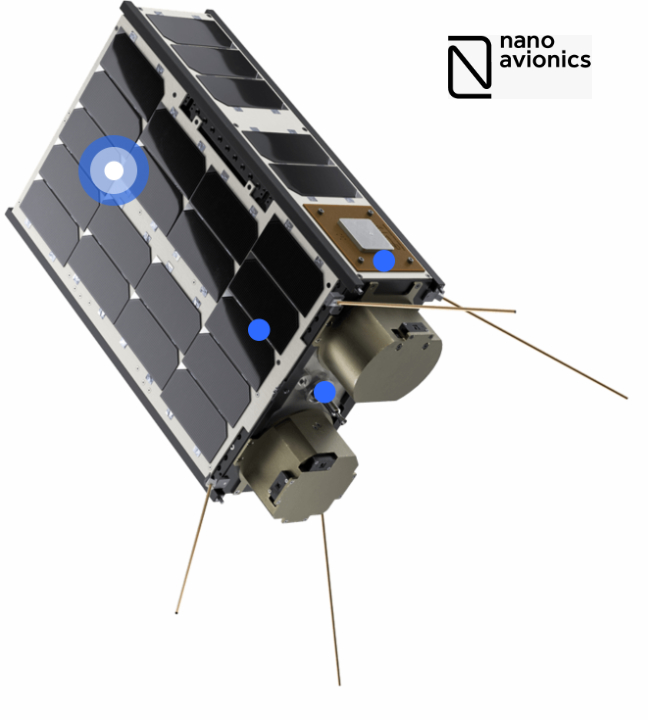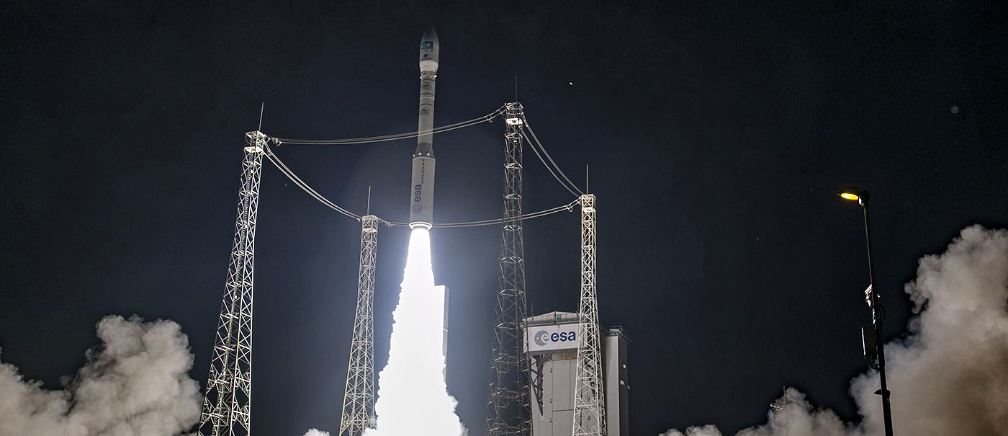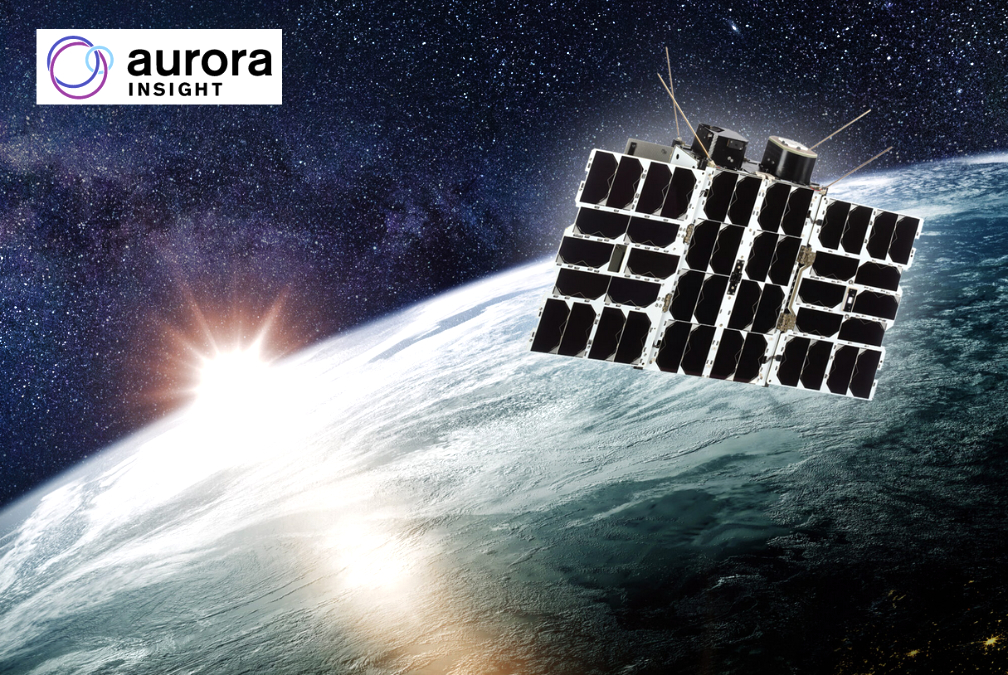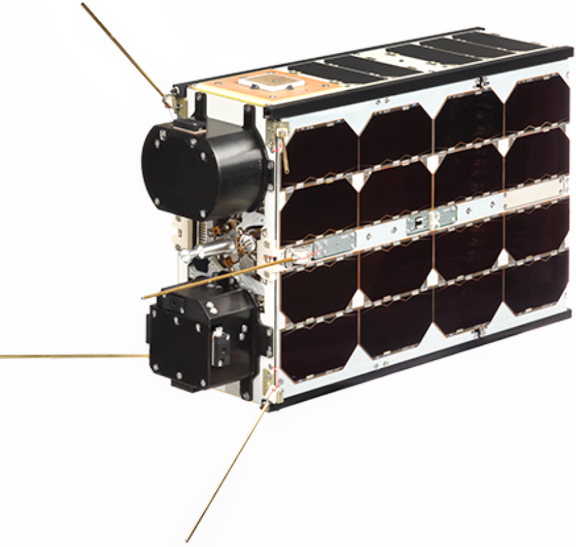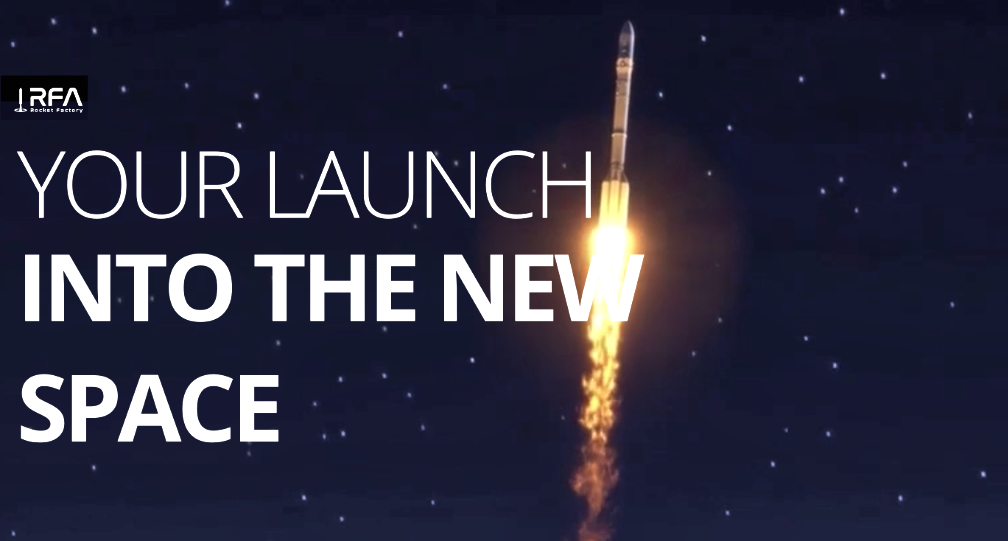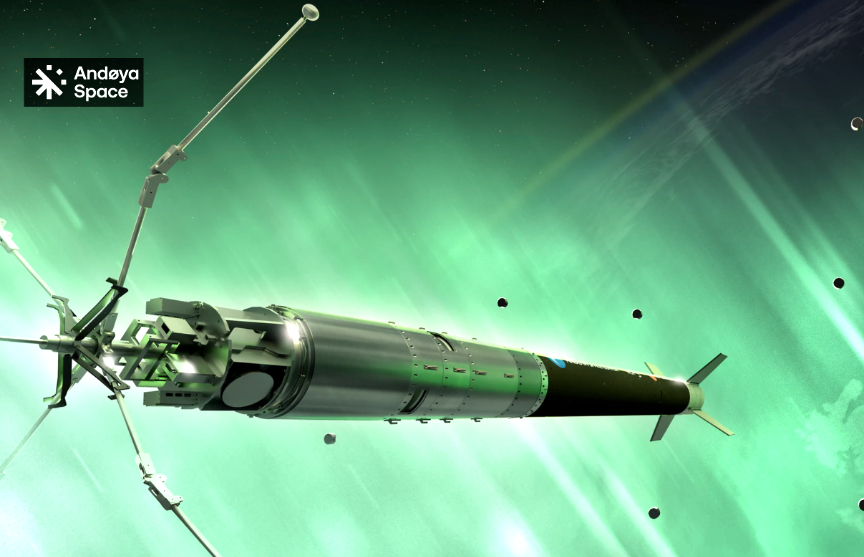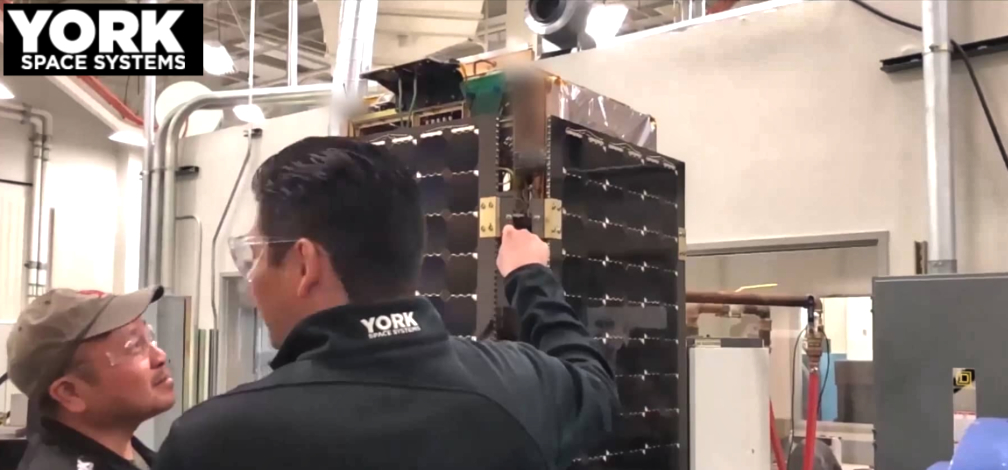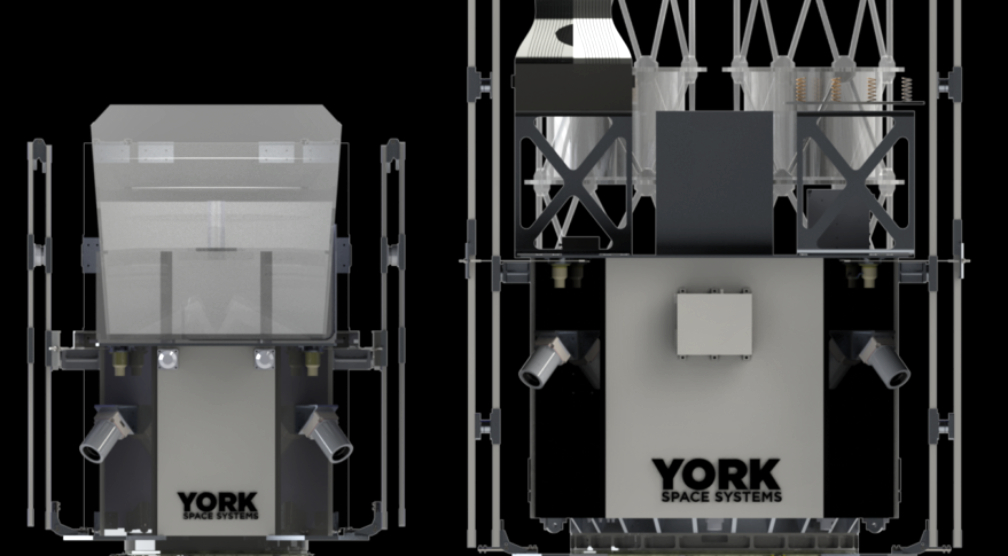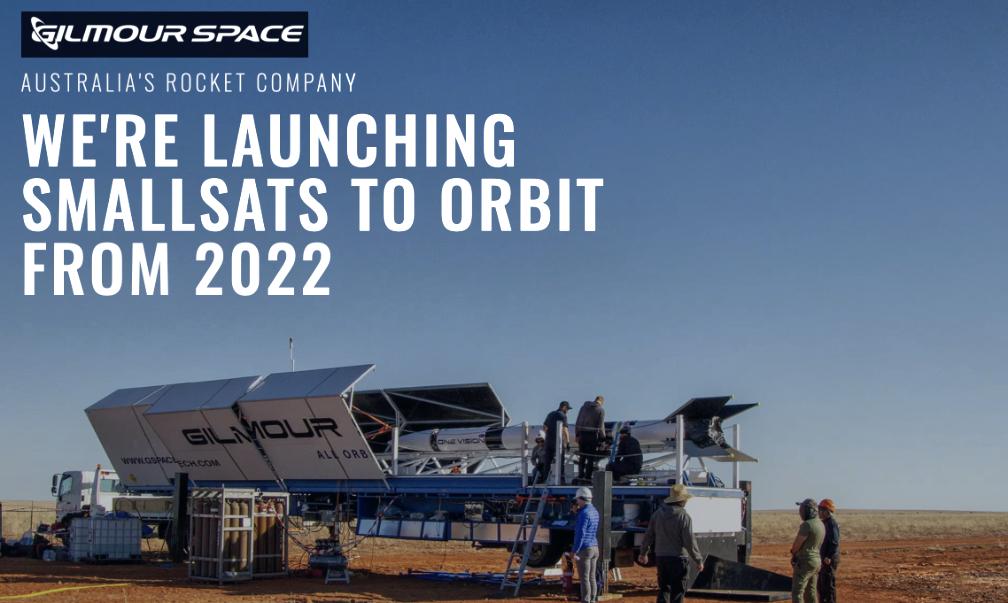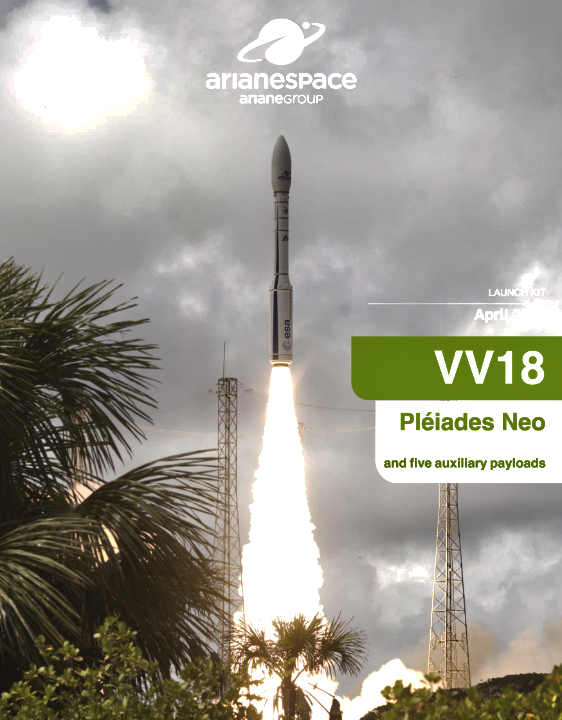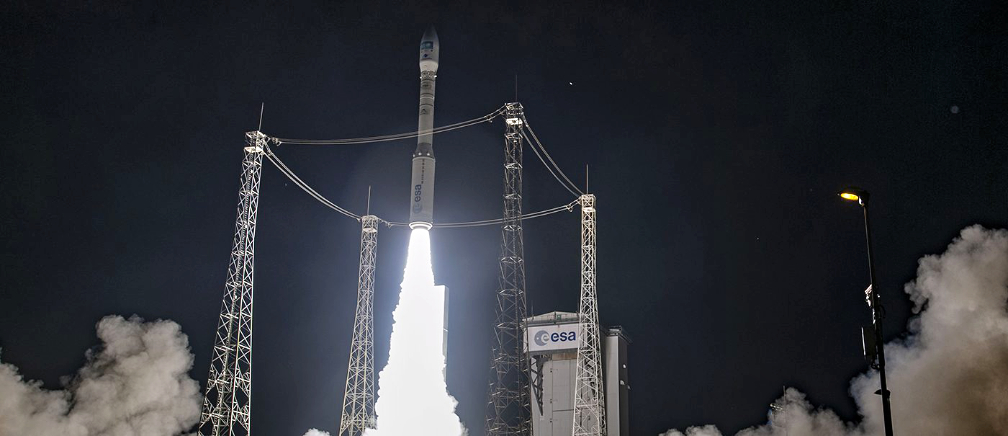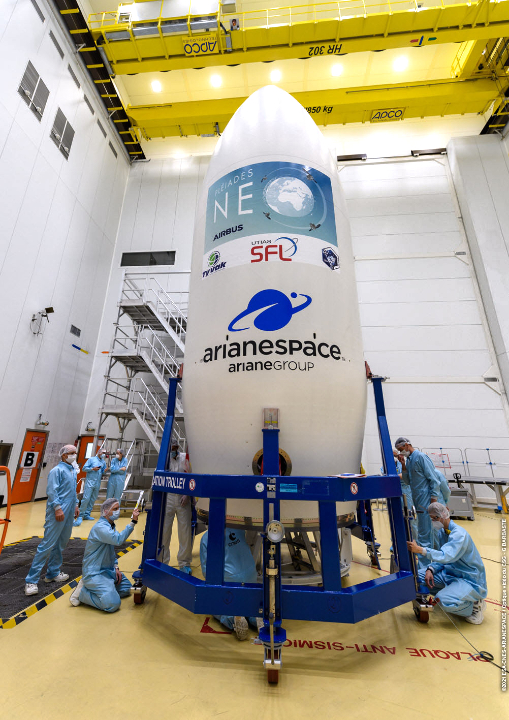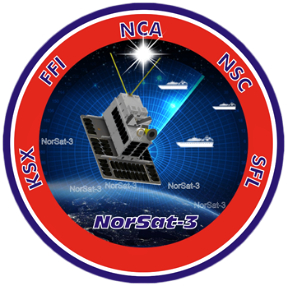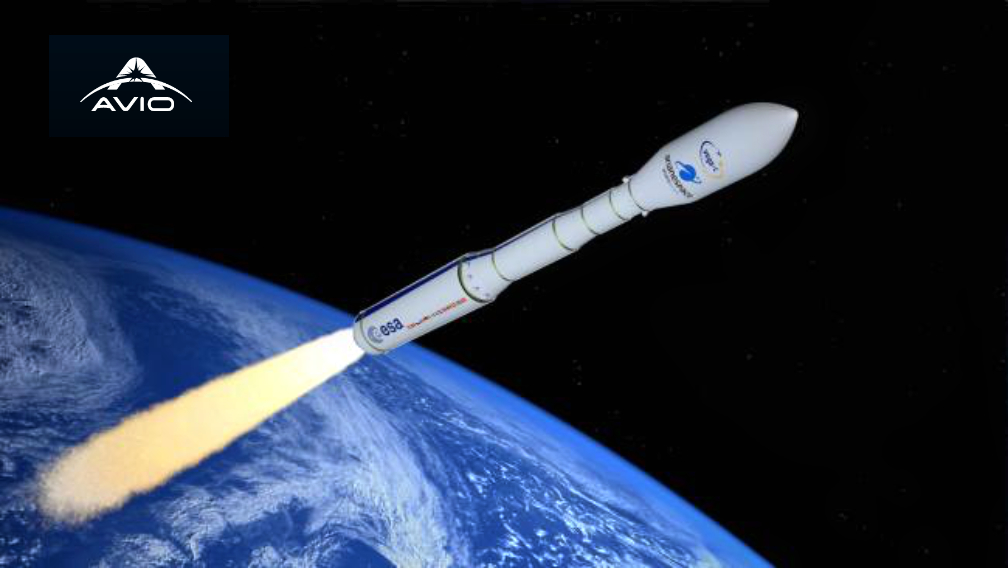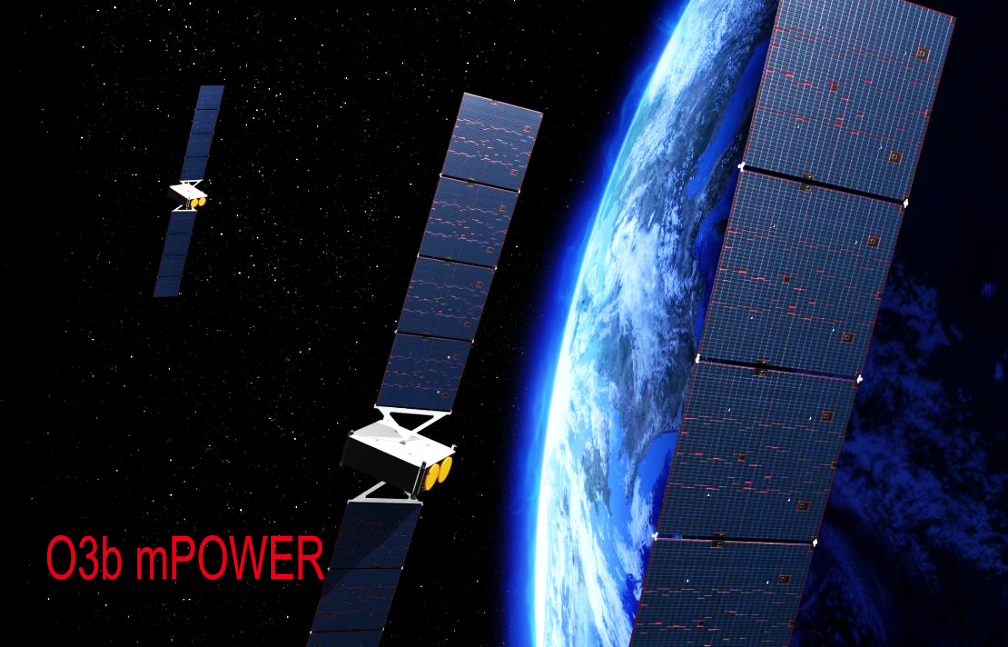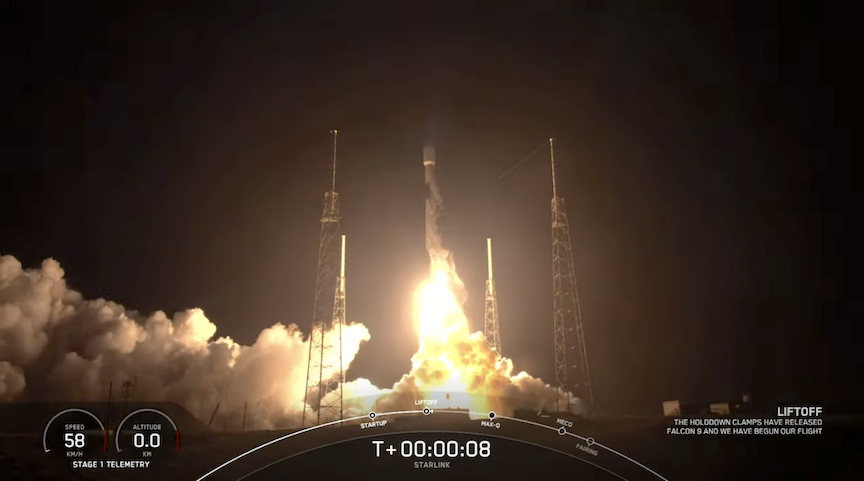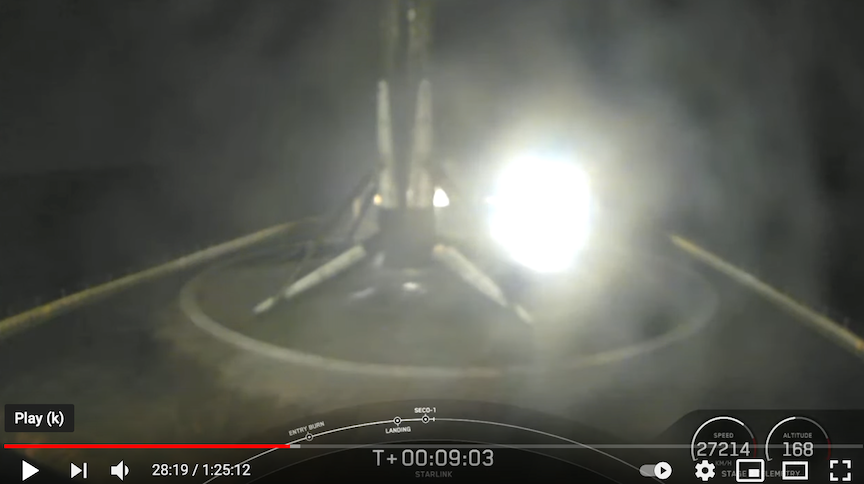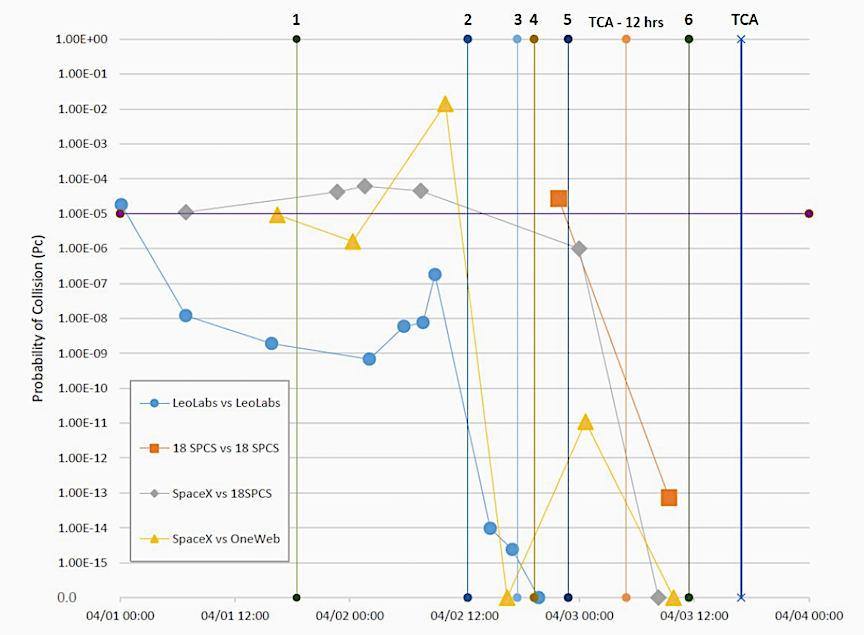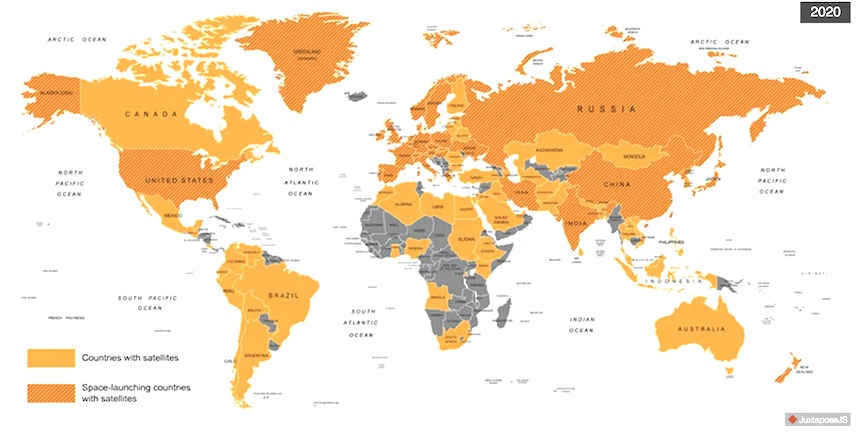
OneWeb is opening a state-of-the-art Service Demonstration experience at the new Innovation Center at Westcott Venture Park, which is run and managed by the Satellite Applications Catapult and was funded by Buckinghamshire LEP through the Local Growth Fund.
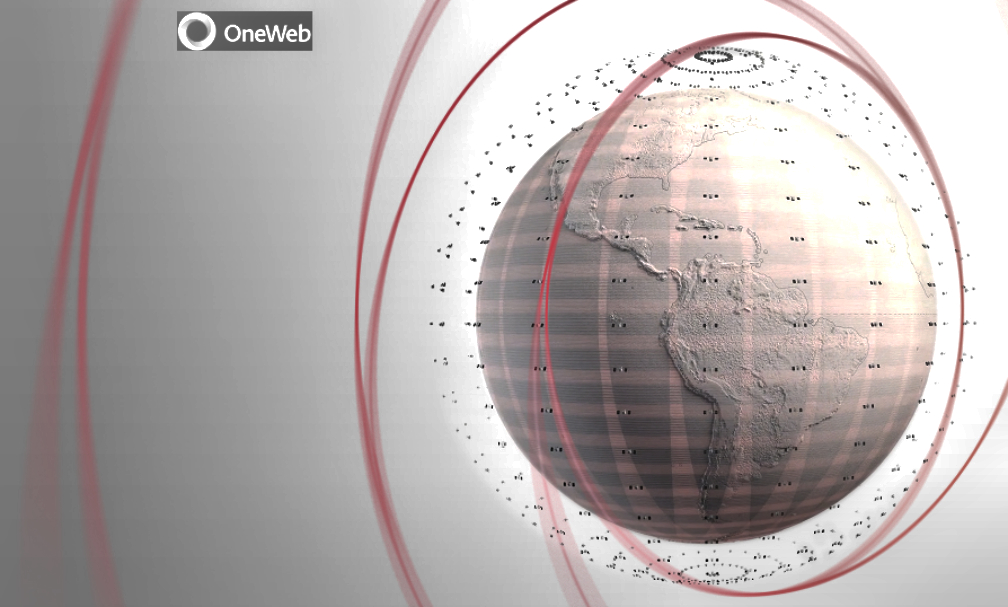
Situated in Buckinghamshire, UK, OneWeb’s unique facility will welcome customers from May 1st to demonstrate the performance and potential applications of their satellite network in real-time.
The Service Demo will showcase equipment and high-speed connectivity, and visitors will be able to see the OneWeb network in action including download and upload speeds and latency. Sales support staff will also be on hand to discuss the technology, potential partnerships, testing requirements and further collaboration opportunities.
Focused on attracting partnerships with commercial communications or internet solution providers, the Service Demo experience will play a vital role in launching OneWeb’s unique service for UK businesses. The center will develop a long-term commercial proposition for its technology in collaboration with the UK’s innovative satellite communications sector.
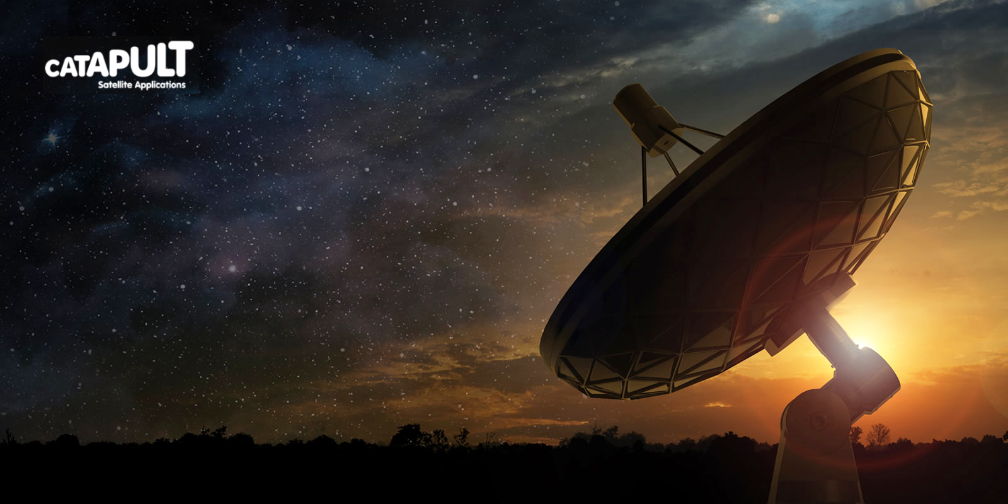
OneWeb selected Westcott as part of its collaboration with the Satellite Applications Catapult to demonstrate high speed data transfer through space to their 5G network. Aligned to OneWeb’s mission to deliver broadband connectivity and bridge the Digital Divide, this strategic business partnership is the next step in OneWeb’s journey to enable a cross-fertilization of technologies to enable other businesses to collaborate and benefit from advances in the UK space sector.
Opening the Service Demo is yet another milestone for OneWeb as it continues to demonstrate its progress in commercialization of the network. In recent weeks the company has also announced an Innovation Challenge further onboarding of customers globally, and in March 2021, OneWeb conducted network demonstrations to the U.S. Government and will be rolling out additional demonstration kits and demo centers in key markets globally.

